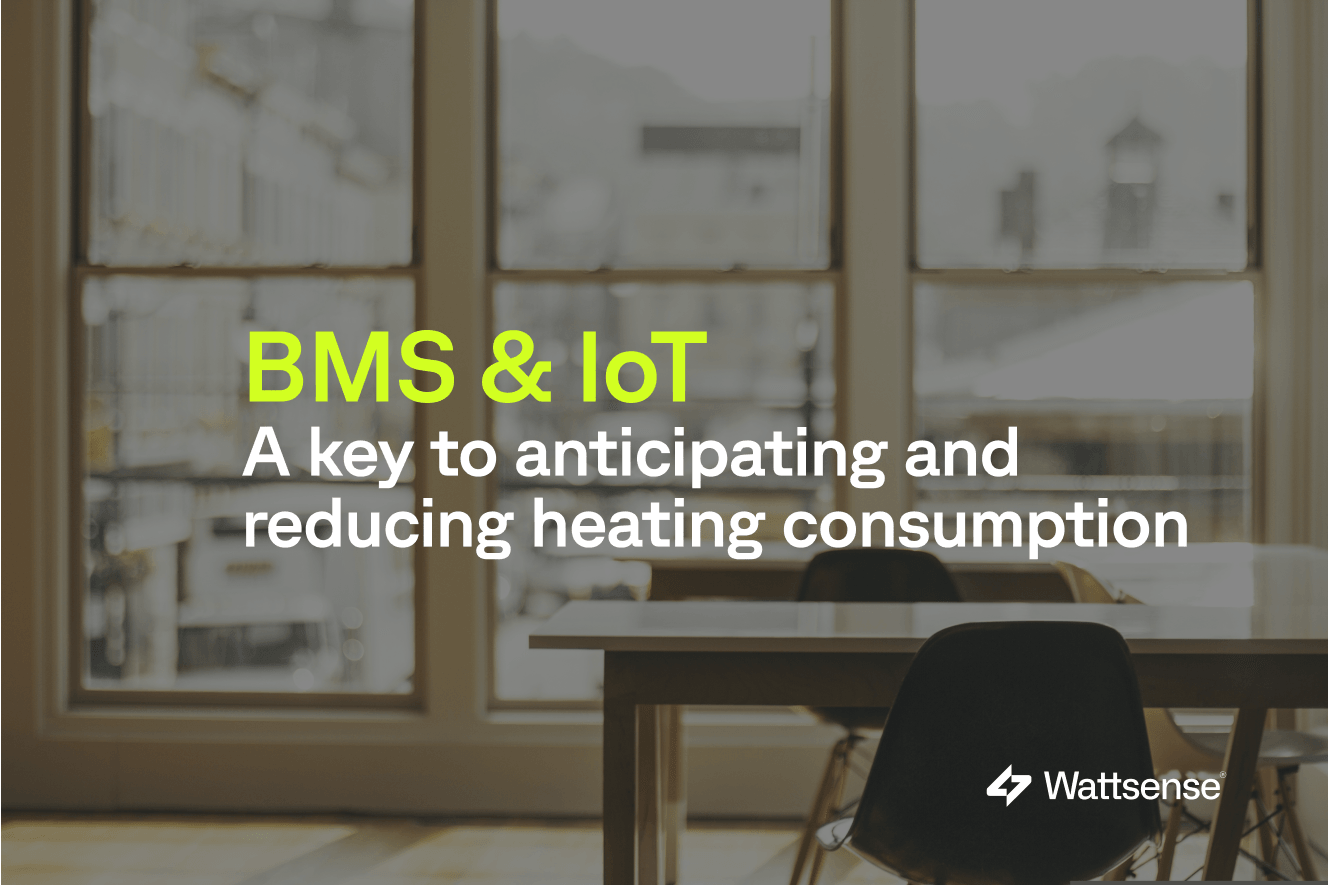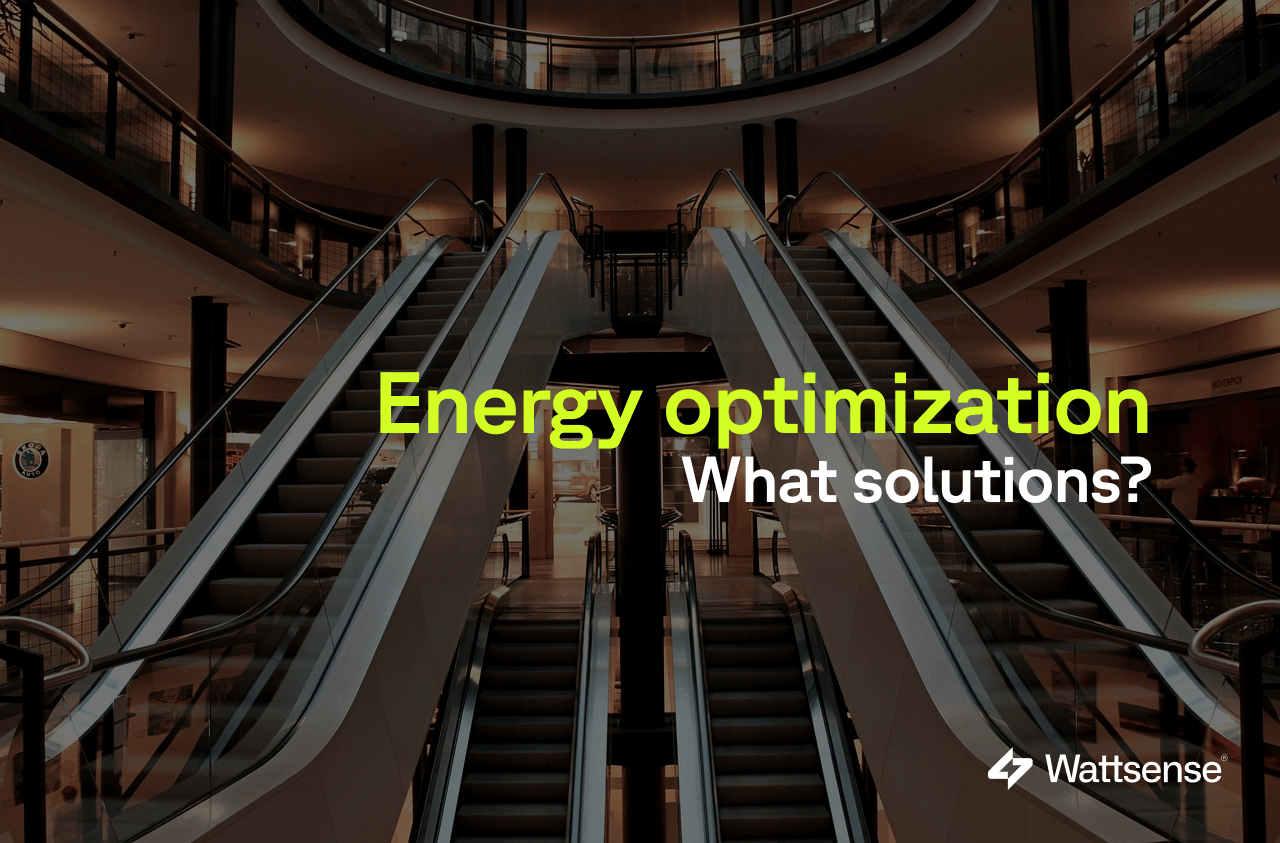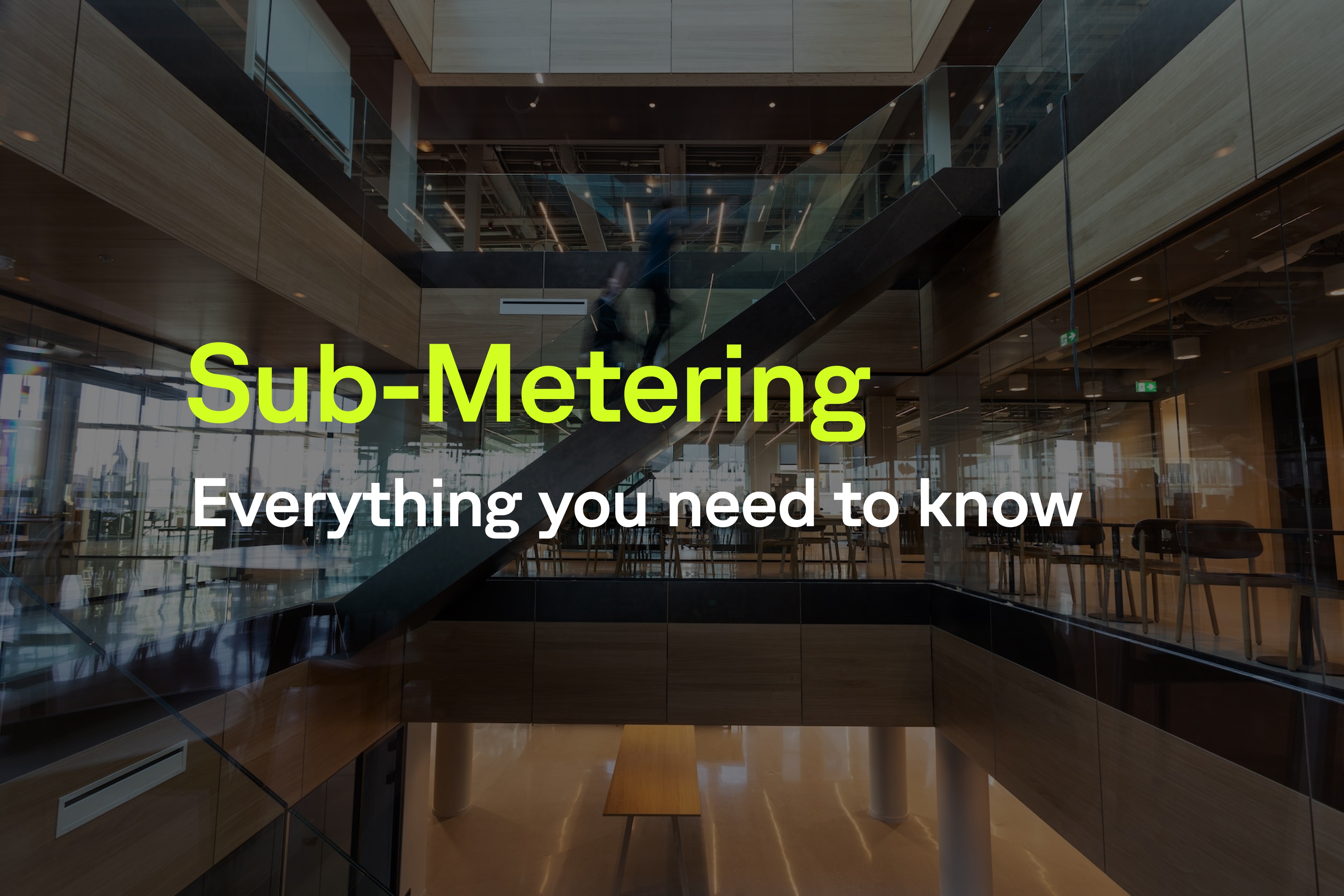BMS & IoT: A key to anticipating and reducing heating consumption

Why Anticipate the Heating Season? Winter is coming, and with it, radiators will be running at full power. You might be thinking, "Another year where heating costs will skyrocket in my building..." But what if this year, you took control of the situation?
For property managers, building owners, or tenants, anticipating the heating season is not just about reducing energy bills. It's also about optimizing your building's energy performance, ensuring thermal comfort for occupants, and managing environmental impact.
In 2024, adopting a proactive approach by integrating a Building Management System (BMS) and IoT technologies is crucial for efficiently and intelligently managing your heating equipment.
Understanding the Components of Your Heating System
In a tertiary building under 5,000 m², the heating system plays a critical role in maintaining thermal comfort and energy efficiency. This system mainly consists of two elements:
- Heat Production or Recovery

The first part of the heating system is heat production or recovery, typically done by a boiler room. This unit is responsible for generating heat, either by burning fuel or through heat recovery processes. The boiler room can vary in size and type, from gas or oil boilers to heat recovery systems.
- Heat Distribution
The second part of the system is the distribution of heat throughout the building's rooms. This is done via terminals or emitters, such as cast iron radiators or convectors. These devices transfer the heat produced by the boiler room to the spaces that need heating, ensuring a uniform distribution of warmth across the building.

Terminals may also include electric radiators depending on the heating system in place. The efficiency of heat distribution depends on the quality of the emitters and their ability to adjust the temperature based on specific room needs.
Working Hand-in-Hand with Your Operator for Efficient Building Management
In many buildings, the boiler room is managed by an operator or facility manager. This operator controls the regulator, a key device that manages heat production and sends it to the emitters.
An efficient regulator should offer scheduling or calendar functions to align heat production with the building’s usage. From our experience at Wattsense, we often encounter specific regulator models in buildings where our BMS is installed (schools, municipal buildings, nurseries, universities, museums, offices, hospitals...):
° Siemens RVL series regulators

° Siemens Synco regulators

° BACnet regulators (Trend, ABB, etc.)

Installing a Regulator and Configuring a Schedule
Heating consumption is often the primary energy expense in tertiary buildings. By asking your operator or general services about the type of regulator installed or the configured schedule, you can ensure that heat production aligns with the building's actual usage.
If a Wattsense box is installed in your boiler room, either by your team or the operator, the regulator can easily be connected to it. This allows you to visualize the configured schedule via the Wattsense console.
The Wattsense box offers many possibilities, including retrieving additional information from the heat regulator, such as setpoint temperatures.

Heating Terminals and IoT Technology
In the buildings where Wattsense operates, most of the heat-diffusing equipment consists of cast iron or electric radiators.
Historically, these terminals have been overlooked in heating optimization. They receive heat from the boiler room and distribute it, but they are often non-communicative and cannot integrate their own schedules.
Concrete Examples of Emitter Optimization:
- A boiler room heats a university building, and the cast iron emitters distribute heat throughout all the rooms, sometimes adjusting the intensity if equipped with a regulating valve.
- Conversely, if an amphitheater remains unoccupied for an entire morning, the emitters in the room will continue to distribute heat unless all the valves are set to “Eco” mode.

This presents a second source of energy savings, contributing to a reduction in greenhouse gas emissions.
Solutions to Optimize Terminal Performance
Recent solutions allow these terminals to become communicative. In buildings equipped with a Wattsense box, we often see installations of:
- Wireless thermostatic valves for cast iron radiators
- Wireless controllers for electric radiators

These devices use the LoRaWAN wireless protocol, making it easy to control terminals by setting a specific temperature on a cast iron radiator or switching an electric radiator between "Comfort", "Eco", or "Frost Protection" modes.
The operator should consider these technologies to manage heating and optimize heat distribution on a room-by-room basis. If a Wattsense box is already present in your building, connecting new equipment is easy, providing a simple solution for controlling them based on a set schedule with our new Control offering.
By controlling your emitters through these innovations and using a scheduled program, you can optimize heat distribution in every room of your building.
For example, in the case of a university:
- A boiler room supplies heat to a building
- The cast iron emitters, equipped with a communicative valve, receive heat and decide whether to distribute it based on the time, thanks to the schedule you have configured via the Wattsense console.
- If an amphitheater is unoccupied for the morning, the schedule will have anticipated this, and the emitters in the room will not distribute heat.

Get Ready for Winter with Wattsense Control
As the winter season approaches, we hope this article helps you optimize your energy consumption by collaborating with your operator.
At Wattsense, we offer the possibility to go even further by modifying the behavior of an emitter if no one is present in a room. This feature not only allows you to reduce heating costs but also minimizes your carbon footprint, while ensuring optimal comfort for occupants when needed.
By integrating our IoT solution, you are actively participating in the energy transition while maximizing your building's efficiency.
Ready to take control of your building? Contact us today for a demonstration of our Control connectivity solution.
Want to learn more about the Wattsense connectivity solution?
Discover our solutionContinue reading



